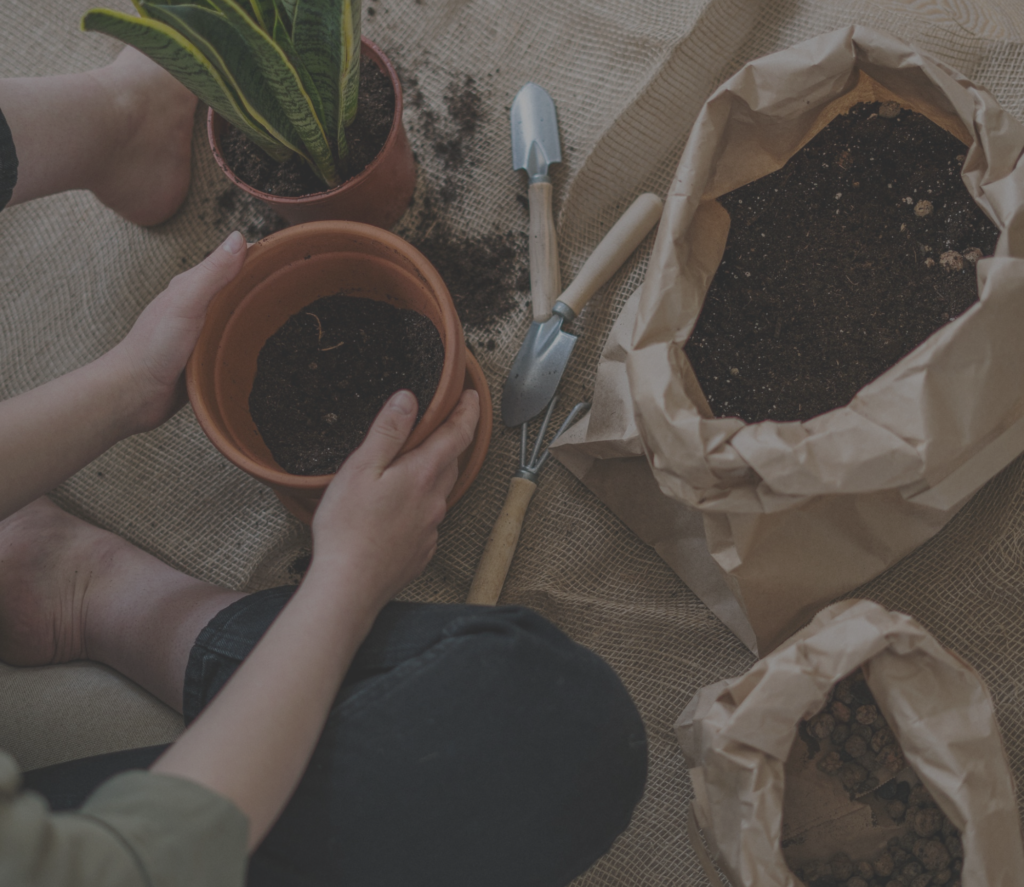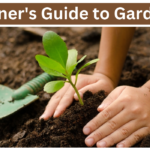Introduction
Welcome my fellow nature lovers! Today, we set out on an adventure into the enchanted world of gardening. This site promises to be your ideal guide as you learn the science and art of gardening – a place where seeds are sowed, dreams grow, and beauty blooms everywhere, whether you’re an experienced horticulture or a green-thumb beginner.
Gardening is a satisfying and enjoyable hobby that lets you connect with nature and create a thriving green environment.
Page Contents
This step-by-step manual of 12 Steps guide of Gardening for beginners at home, which will assist you in beginning your gardening journey, whether you have a big backyard or a tiny balcony:
Step 1: Select the Garden Type
Choose the kind of garden you want to design. It might be a herb garden, vegetable garden, or a combination of the three. Think about your available time for maintenance, the temperature where you live, and the size of your area.
Step 2: Pick an Appropriate Location
Choose a place where your chosen plants will receive enough sunshine. Full daylight, or at least 6 to 8 hours of daily direct sunlight, is necessary for the majority of crops and flowers to thrive. Make sure the area is accessible for watering and maintenance, and that it has sufficient drainage.
Step 3: Get the Soil Ready
Remove any weeds, pebbles, or other objects from the area. Use a spade or garden fork to loosen the soil between 8 and 12 inches deep. Compost or well-rotted organic matter can be added to the soil to increase fertility and structure.
Step 4: Plan the Design
Based on the plants you’ve picked and their space needs, decide the layout of your garden. To maximize solar exposure, place taller plants in the back and shorter ones in the front. Additionally, companion planting can be employed to promote growth and guard off pests.
Step 5: Pick Your Plants and Sow Them
choose healthy plants or seeds from a respected nursery or garden center. Consider aspects like planting depth, spacing, and watering requirements as you adhere to the planting instructions that are specific to each plant. After planting, water the plants shortly thereafter.
Step 6: Watering
Set up a regular watering routine to provide the plants the moisture they need without drowning them. The sort of plants you are growing and the weather affect how often you should water them. To promote the development of deep roots, water the plants deeply at the base.
Step 7: Mulch the garden
Apply a layer of organic mulch around the plants to retain moisture, control weed growth, and maintain soil temperature. Examples of this mulch are straw or wood chips. In addition, when the mulch decomposes over time, it gives nutrients to the soil

Step 8: Fertilizing
Fertilize your plants as needed to give them nourishment. Use organic fertilizers or adhere to any synthetic fertilizer’s directions. Don’t overfertilize because this might cause nutrient imbalances and injury to the plants.
Step 9: Controlling pests and diseases
Check your plants frequently for evidence of illnesses or pests. When possible, use organic pest control techniques, such as introducing helpful insects or making your own cures. Consider using organic insecticides in severe situations.
Step 10: Deadheading and Pruning
To encourage healthy development and remove dead or damaged branches, trim your plants on a regular basis. Many flowering plants are encouraged to bloom continuously by deadheading (removing faded blossoms).
Step 11: Harvesting
Harvest the produce from your herb or vegetable garden when it is at its ripest. To promote additional blooms and keep the plant healthy overall, regularly pluck the flowers.
Step 12: Maintenance and Delight
Maintain routine care, such as weeding, watering, and fertilizing. Spend some time admiring the beauty of your garden, relaxing amidst the new growth, and celebrating the results of all of your hard work.
If you want to know about the most popular and latest gardening tips and techniques in 2023, Read 13 Best Gardening Tips for a Healthy Garden.
Author: Gardening involves Continuous learning. As you gain experience, don’t be afraid to experiment and change your methods. You’ll discover that gardening may develop into a lifelong hobby if you embrace the rewards and difficulties of caring for your garden. Happy Gardening !










